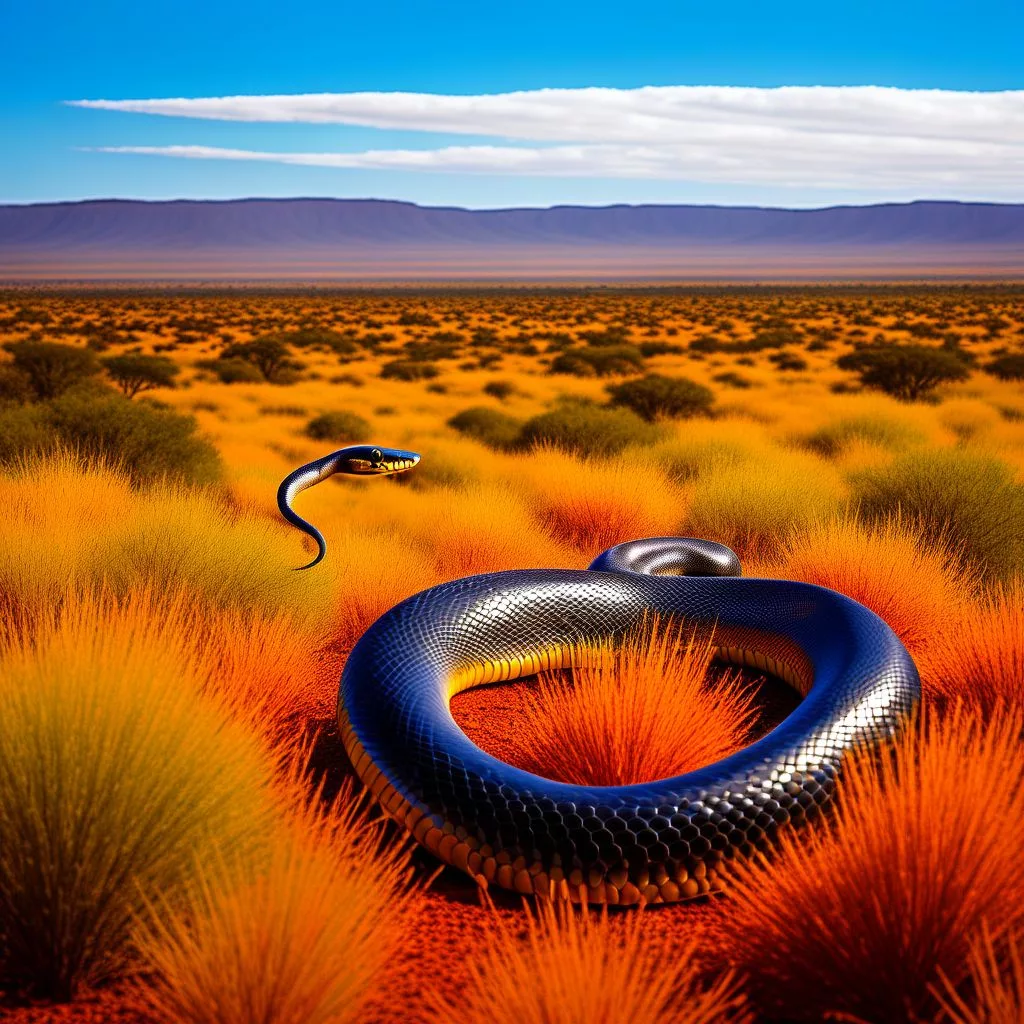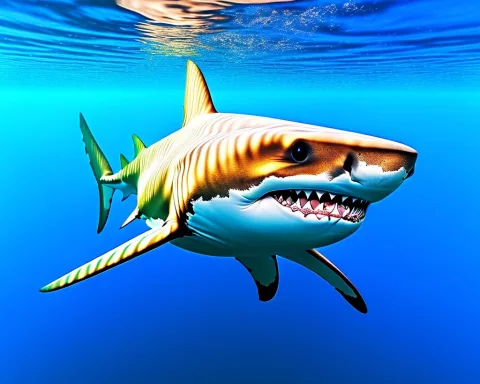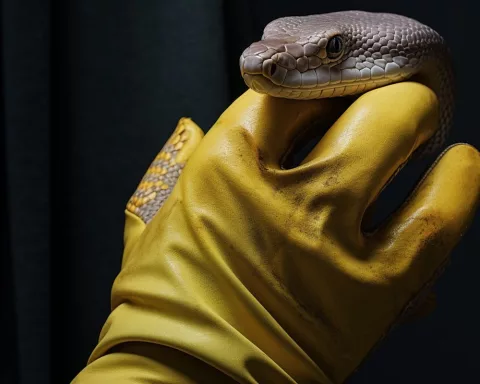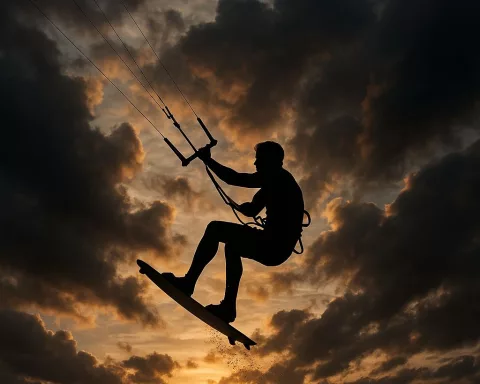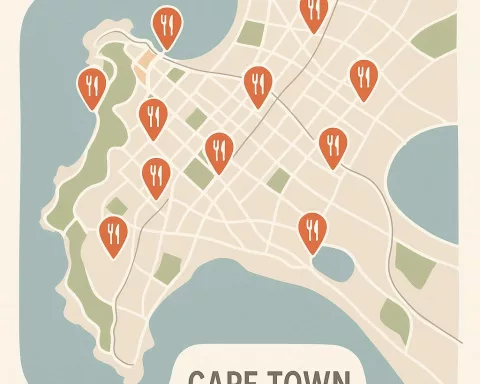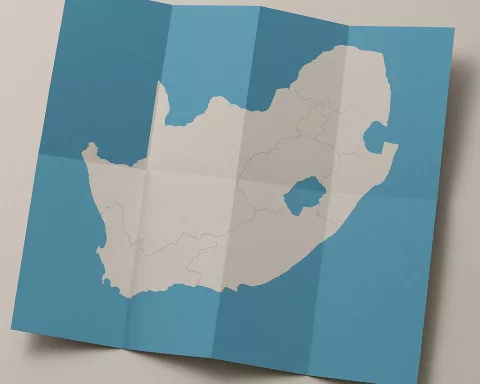Table Mountain is a beautiful place in Cape Town, home to 22 different snake species like the Cape cobra and African puff adder. Hikers should walk in groups, stick to the trails, and be aware of their surroundings to stay safe. If you see a snake, stay calm and give it space—it usually won’t want to engage. If bitten, get medical help quickly, as some snakes can be very dangerous. Understanding these snakes helps us appreciate nature while keeping ourselves safe.
What snakes inhabit Table Mountain and how should hikers stay safe?
Table Mountain is home to 22 snake species, including the Cape cobra, boomslang, and African puff adder. Hikers should stay safe by walking in groups, sticking to trails, and remaining aware. If encountering a snake, stay calm, and seek medical help if bitten.
Table Mountain, a majestic emblem of Cape Town, offers sanctuary to both humans and a myriad of wildlife. Among its inhabitants, snakes inspire a unique blend of fascination and caution for those exploring its rugged terrain. As the sun warms the earth, these serpents emerge, prompting admiration and vigilance from hikers and residents alike.
The Symbolic Serpents: Understanding Their Role
Snakes have intrigued human beings for centuries, representing concepts from danger to renewal in various cultures. On Table Mountain, they are not merely symbolic but play a crucial ecological role. As the temperatures climb, these reptiles become more visible, highlighting the fragile balance between humans enjoying nature and acknowledging its inherent risks.
The significance of snakes on Table Mountain extends beyond mere curiosity; they are integral to the ecosystem’s health. Their presence during the warmer months acts as a reminder of the need for coexistence and respect for nature’s innate challenges. Understanding these creatures helps bridge the gap between fear and appreciation, fostering a more harmonious relationship with the natural world.
Recognizing Table Mountain’s Reptilian Residents
Familiarity with local snake species is essential for both hikers and locals venturing into the mountain’s domain. According to the Western Cape Government, snake activity intensifies as October ushers in warmer weather. The mountain hosts 22 snake species, many harboring venom capable of inflicting significant harm. Among these, the Cape cobra, boomslang, and African puff adder are particularly noteworthy due to their prevalence and the danger they pose.
The Cape cobra, notable for its variable colors ranging from bright yellow to dark brown, resides in fynbos and bushveld regions. This snake, although beautiful, carries venom that can severely disrupt the central nervous system, making encounters potentially fatal without due caution.
Another important species is the boomslang, an arboreal snake recognized by its large eyes and slender form. Males typically display vibrant greens, while females have more muted brown hues. The boomslang’s venom, though slow-acting, can cause severe internal bleeding by destroying red blood cells if not treated promptly.
Perhaps the most infamous is the African puff adder, responsible for many snakebite fatalities across Africa. Its robust body and distinctive triangular head belie its speed and defensive aggression. When threatened, the puff adder unleashes a cytotoxic venom that can cause extensive tissue damage.
Safeguarding the Path: Safety Measures for Hikers
For those exploring Table Mountain’s paths, awareness and preparedness can significantly reduce the risk of snake encounters. Walking in groups, sticking to established trails, and maintaining awareness of one’s surroundings are wise precautions. These measures reflect not only an understanding of the natural world but also the importance of respecting the creatures we share it with.
Hikers should step onto, not over, rocks and logs to avoid startling any concealed snakes. Refraining from probing holes or crevices with hands or feet is also advisable, as these areas often serve as undisturbed refuges for these reptiles.
Responding to Snake Encounters: Practical Guidance
When encountering a snake, it is natural to feel a mix of fear and adrenaline. However, remaining composed and still can often defuse the situation, as it minimizes the threat perceived by the snake, encouraging it to move away. Observing the snake’s behavior can provide valuable insights: a snake that continues on its path typically poses less immediate danger than one that rears up, preparing to strike.
In the unfortunate event of a snakebite, quick action and medical care are critical. Moving the bitten individual away from the snake and toward medical assistance should be the top priority. Keeping the victim calm and still can help slow venom spread, while recalling or photographing the snake can aid medical professionals in providing the correct treatment.
Specific measures are crucial for different snake bites. For instance, a Cape cobra bite may impair breathing, necessitating mouth-to-mouth resuscitation. In cases where venom contacts the eyes, promptly rinsing with water is essential.
Embracing Modern Resources for Safety
In today’s technology-driven world, digital tools offer significant advantages for those traversing snake-prone areas. The African Snakebite Institute’s app serves as an invaluable resource, offering first aid instructions, snake identification features, and advice on safe removal practices. With this digital support, hikers and residents can explore with greater confidence and preparedness.
Beyond immediate concerns of safety and first aid, the presence of snakes on Table Mountain invites deeper reflection. These creatures, often misunderstood and maligned, are vital to the ecological balance of the region. They control rodent populations and serve as prey for larger predators, maintaining the natural order.
Engaging with the wild necessitates learning and adaptation, embracing both its beauty and its dangers. The snakes of Table Mountain are not adversaries but fellow inhabitants of a shared environment. Through understanding and respect, we can appreciate the mountain’s splendor while safeguarding ourselves and the creatures that call it home.
“`markdown
Frequently Asked Questions
What types of snakes can be found on Table Mountain?
Table Mountain is home to 22 different snake species, including the Cape cobra, boomslang, and African puff adder. These snakes play important ecological roles within their habitat.
How can hikers stay safe while exploring Table Mountain?
To ensure safety while hiking, it is advised to walk in groups, stick to established trails, and remain aware of your surroundings. Avoid startling snakes by stepping onto rocks and logs instead of over them.
What should I do if I encounter a snake on the trail?
If you encounter a snake, the best course of action is to remain calm and still. Giving the snake space allows it to move away without feeling threatened. Observe its behavior—if it continues on its path, it poses less danger.
What steps should I take if I am bitten by a snake?
In the event of a snakebite, seek medical help immediately. Move away from the snake, keep the victim calm and still, and try to remember or photograph the snake to aid medical professionals in treatment.
Why are snakes important for the ecosystem of Table Mountain?
Snakes play a crucial role in maintaining the ecological balance by controlling rodent populations and serving as prey for larger predators. Understanding their importance helps foster a respectful relationship with nature.
Is there technology available to help with snake safety?
Yes, the African Snakebite Institute offers a mobile app that provides first aid instructions, snake identification features, and advice on safe removal practices, which can enhance preparedness for hikers and residents alike.
“`

